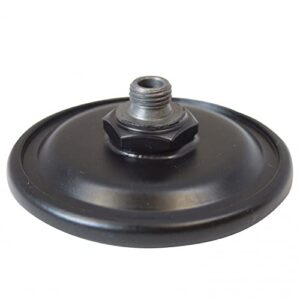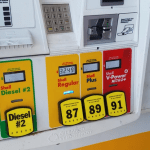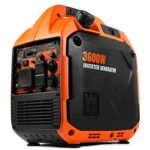The recommended tire pressure for Toyota Highlander is 33 psi for all four tires. Proper tire pressure is essential for safety and optimal vehicle performance.
It ensures even tire wear and fuel efficiency, as well as better handling and braking. Maintaining the correct tire pressure also contributes to the longevity of the tires and overall driving comfort.
Checking and maintaining the tire pressure regularly is crucial, especially before long journeys or in fluctuating temperatures.
Consult your vehicle’s manual or the sticker inside the driver-side door jamb for the specific tire pressure recommendations.
Table of Contents
Proper tire pressure not only enhances safety but also contributes to a smoother and more economical driving experience.
Importance Of Maintaining Proper Tire Pressure
Maintaining proper tire pressure is crucial for ensuring safety on the road, fuel efficiency, and tire longevity. Incorrect tire pressure can lead to increased risk of accidents, longer braking distances, and uneven tire wear.
Additionally, it can affect fuel economy, causing the vehicle to consume more fuel than necessary. On the other hand, maintaining the recommended tire pressure enhances fuel efficiency and extends tire life.
Regularly checking and adjusting tire pressure according to the manufacturer’s guidelines is essential for a smooth and safe driving experience, while also helping to optimize the vehicle’s performance and overall safety.
Factors Affecting Tire Pressure
Temperature Variations: Tire pressure can fluctuate significantly due to temperature changes. As the temperature drops, the air inside the tire contracts, leading to lower pressure.
Conversely, during hot weather, the air inside the tire expands, causing an increase in pressure.
Tire Age: The age of the tire can also impact the tire pressure. As tires age, the rubber becomes less flexible, making it harder for the tire to maintain the required pressure.
Load Capacity: Exceeding the recommended load capacity can put extra strain on the tires, resulting in increased pressure. It’s crucial to adhere to the specified load capacity to avoid unnecessary pressure buildup.
Monitoring And Maintaining Toyota Highlander Tire Pressure
Recommended tire pressure: The Toyota Highlander’s recommended tire pressure can be found in the owner’s manual or on the driver’s side door jamb.
It’s important to check tire pressure regularly to ensure the tires are properly inflated. Uneven tire wear and poor fuel efficiency can result from improperly inflated tires.
Inflating and deflating tires should be done with caution, and it’s essential to use a reliable tire gauge to achieve the correct pressure levels.
Frequently Asked Questions For What Is Toyota Highlander Tire Pressure?
What Is The Recommended Tire Pressure For A Toyota Highlander?
The recommended tire pressure for a Toyota Highlander is typically around 32 PSI for all four tires. It’s important to check the specific recommendations in the owner’s manual or on the driver’s side door jamb for accurate information.
How Often Should I Check The Tire Pressure In My Toyota Highlander?
It’s recommended to check the tire pressure in your Toyota Highlander at least once a month. Additionally, it’s important to check the tire pressure before long road trips and after significant temperature changes to ensure safety and optimal performance.
What Are The Consequences Of Incorrect Tire Pressure In A Toyota Highlander?
Incorrect tire pressure in a Toyota Highlander can lead to reduced fuel efficiency, uneven tire wear, compromised handling and braking, and increased risk of tire blowouts. Maintaining proper tire pressure is crucial for overall safety, performance, and longevity of the vehicle’s tires.
Conclusion
Maintaining the correct tire pressure is crucial for the performance and safety of your Toyota Highlander.
Regularly checking and adjusting tire pressure as per manufacturer recommendations will ensure optimal handling, fuel efficiency, and longevity of your tires.
Remember to inspect the tire pressure regularly for a smooth and safe driving experience.







